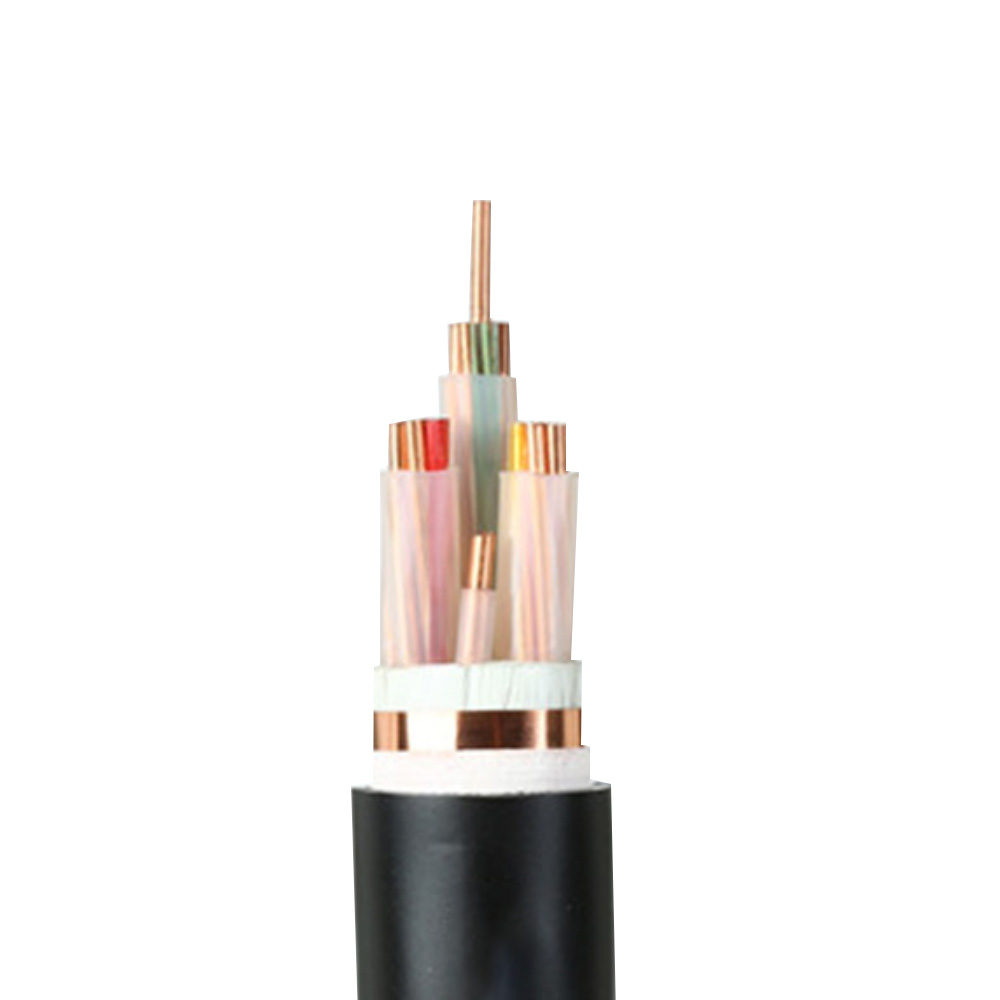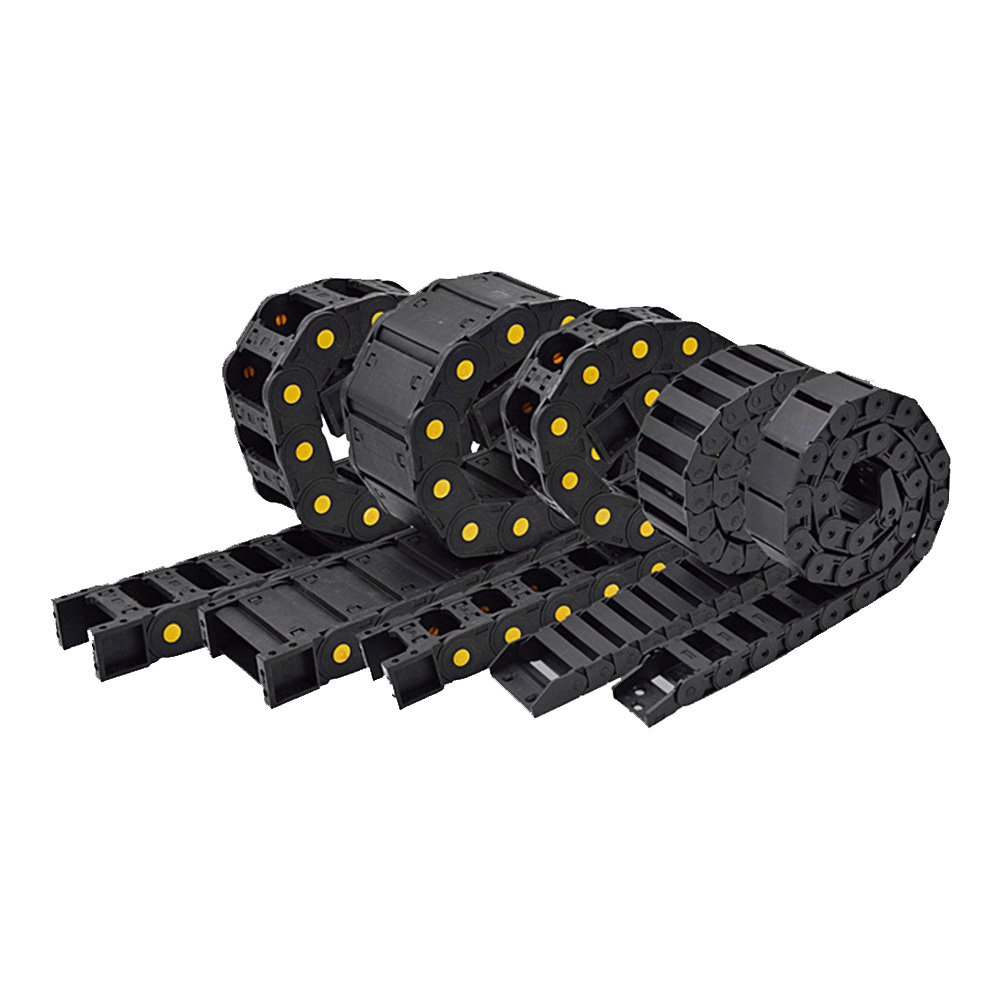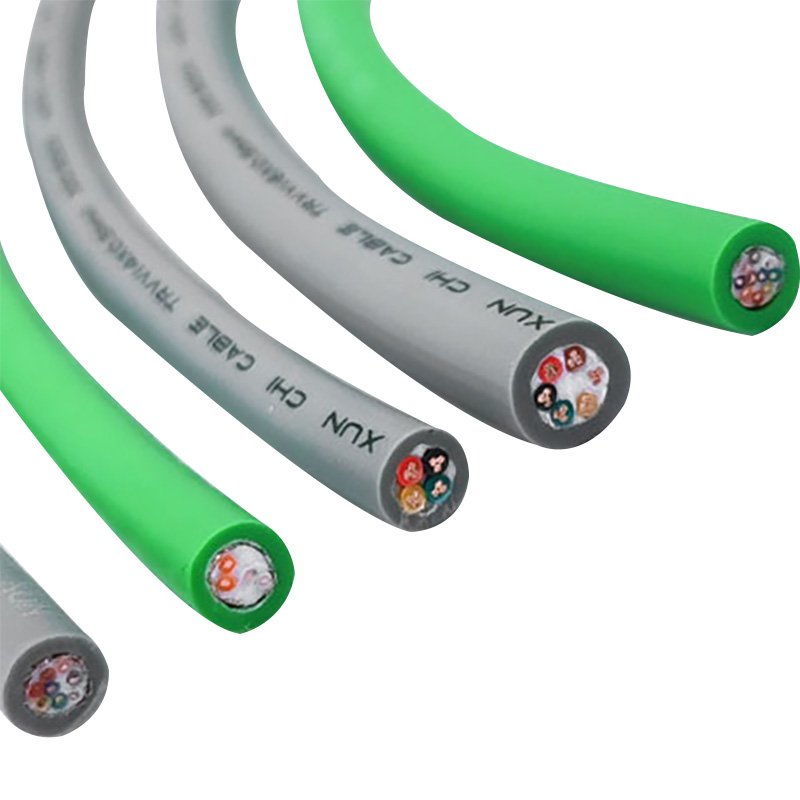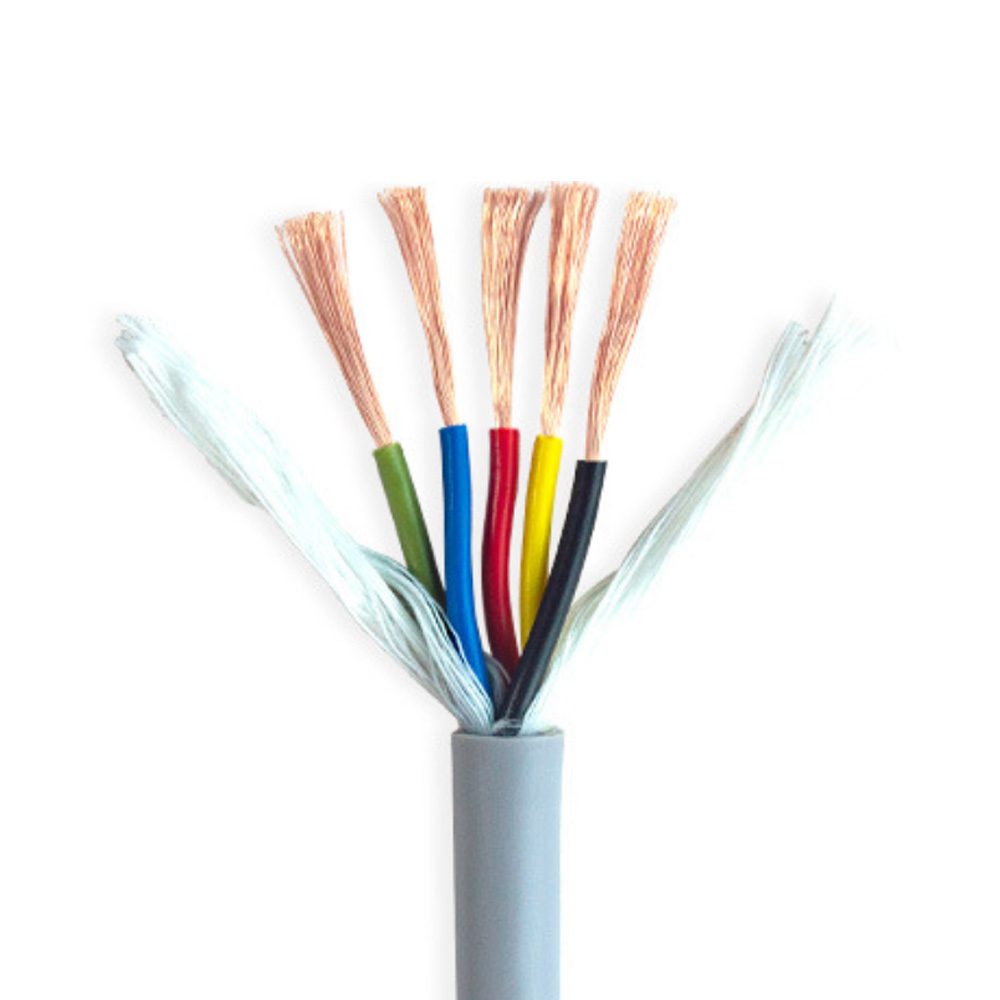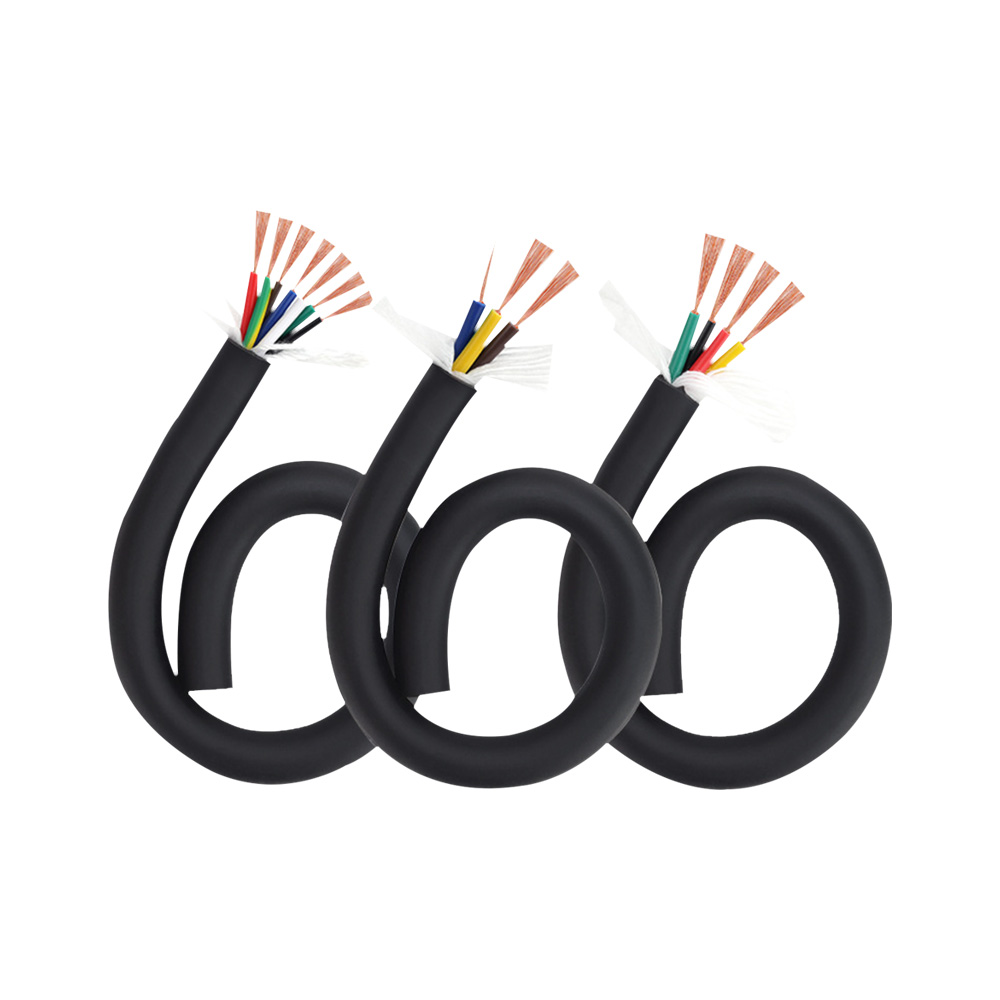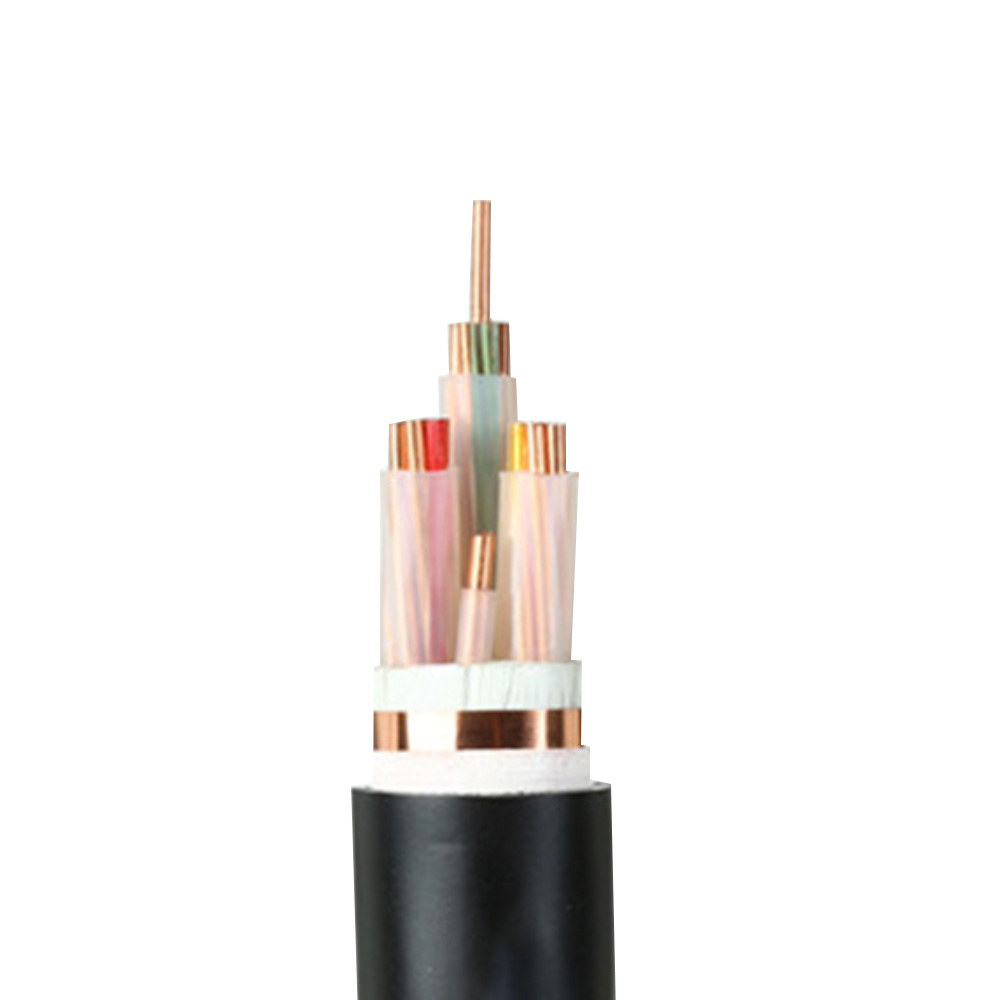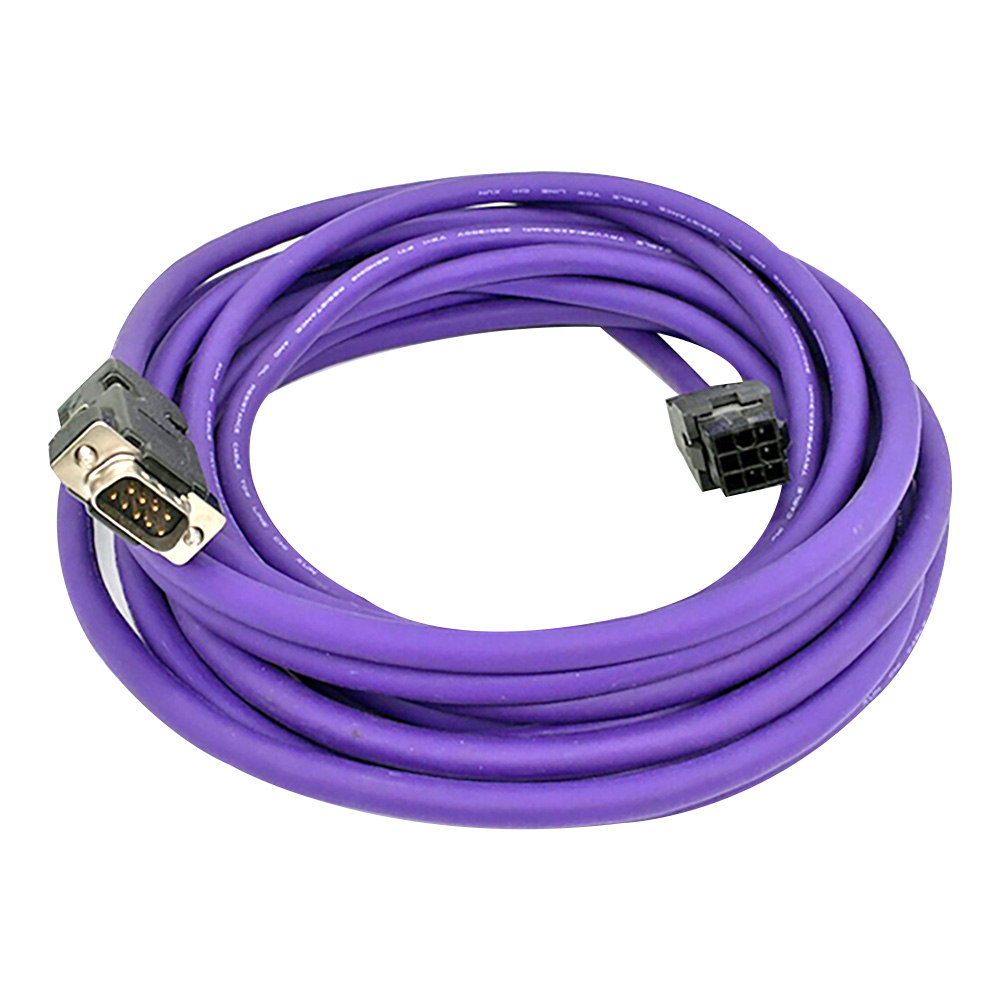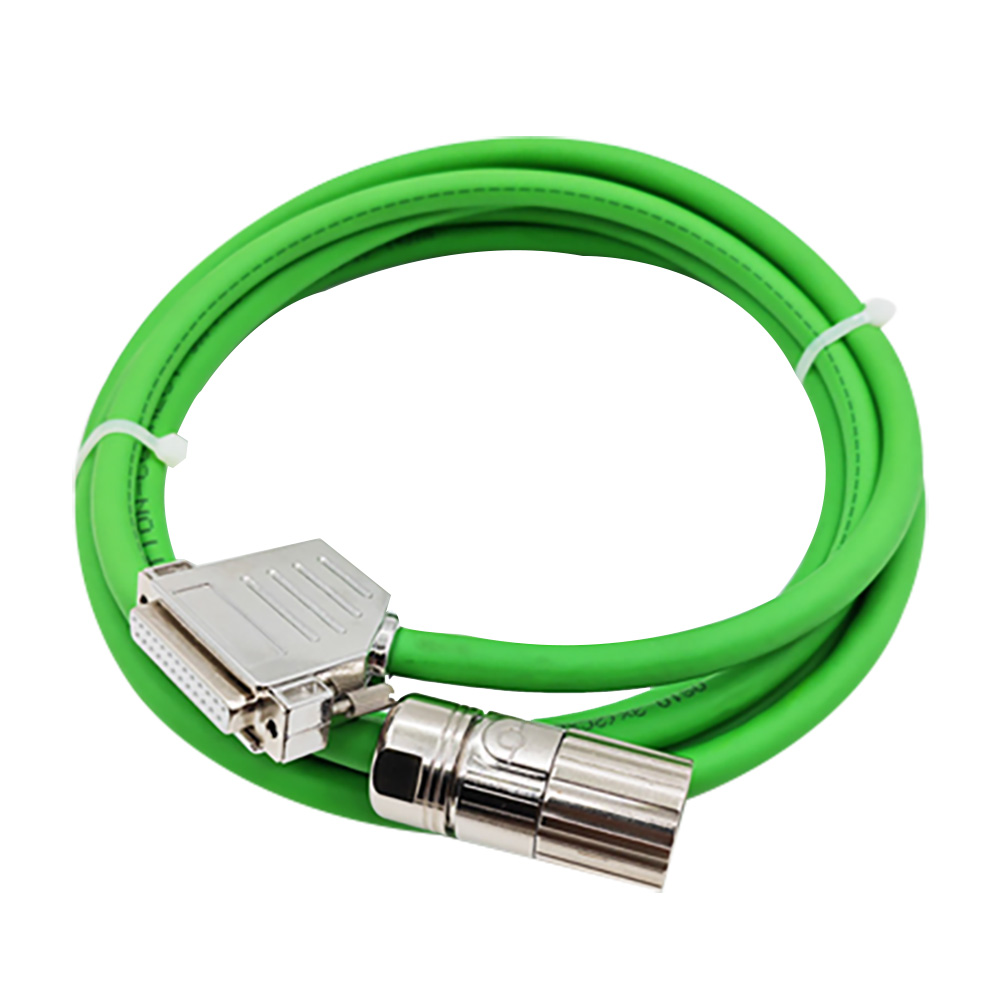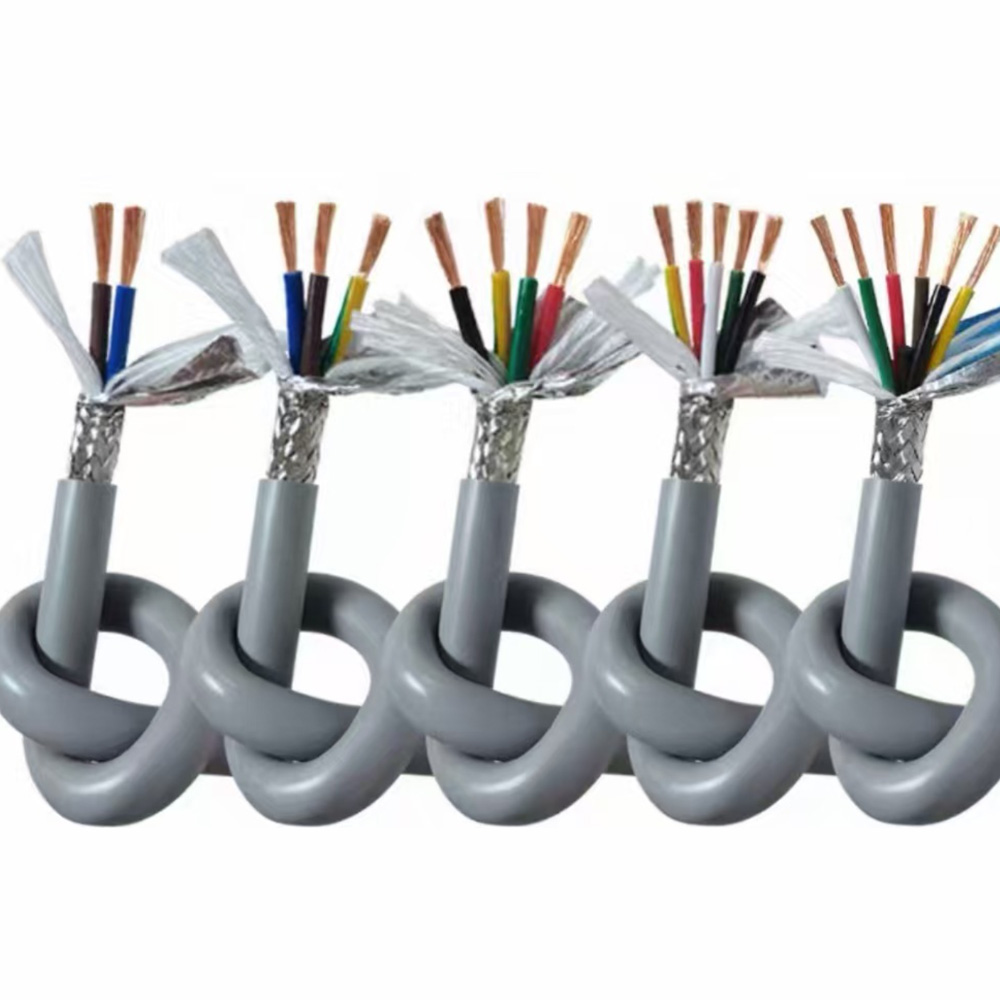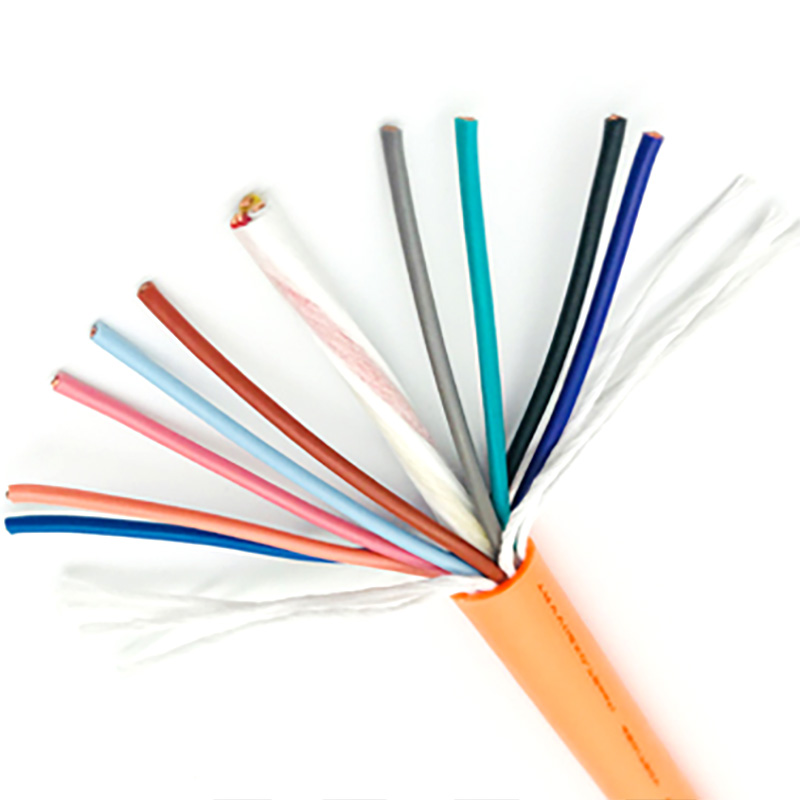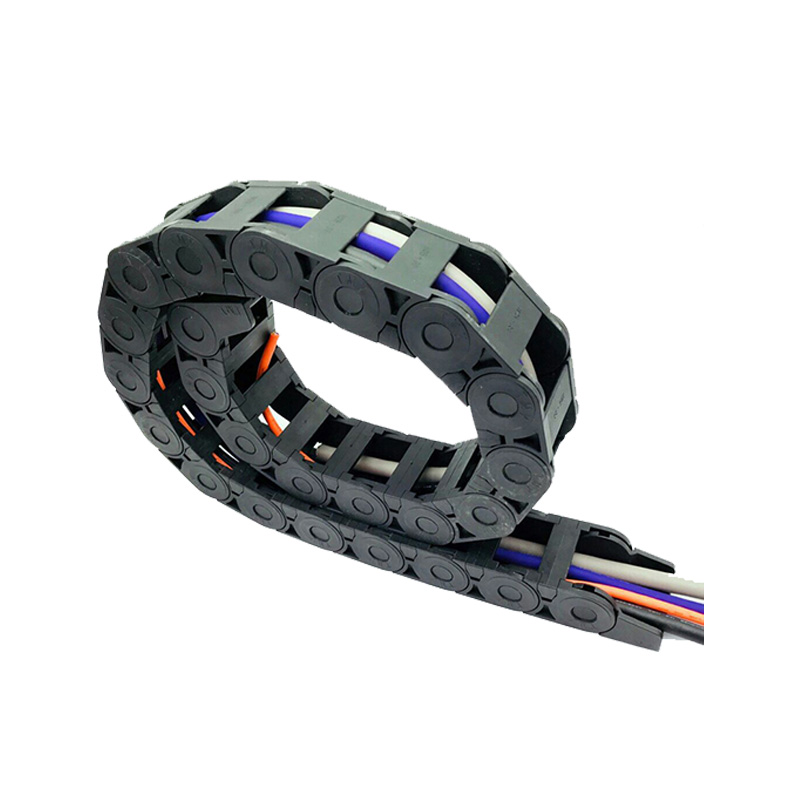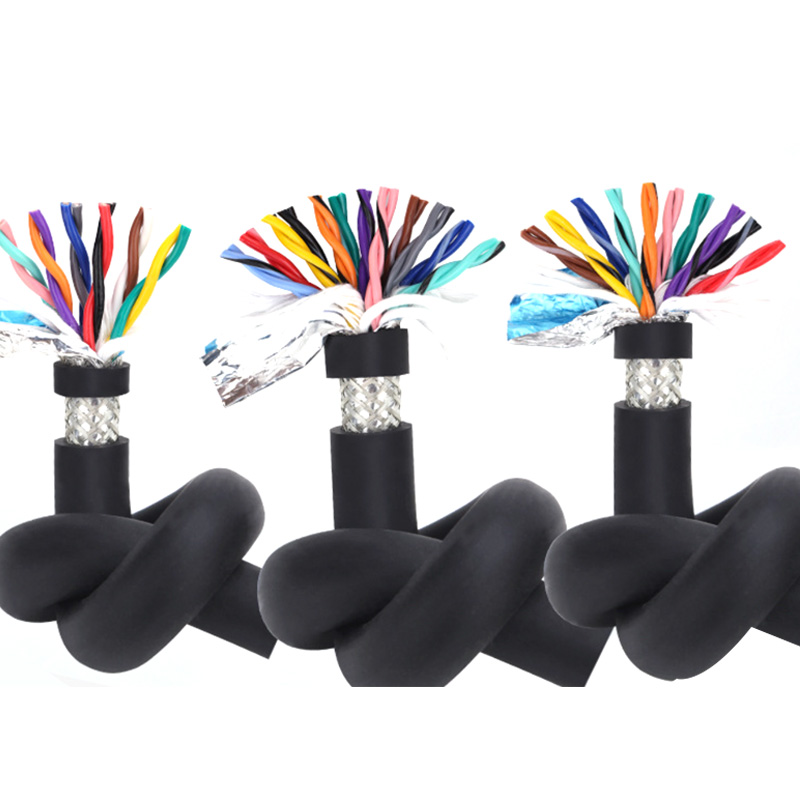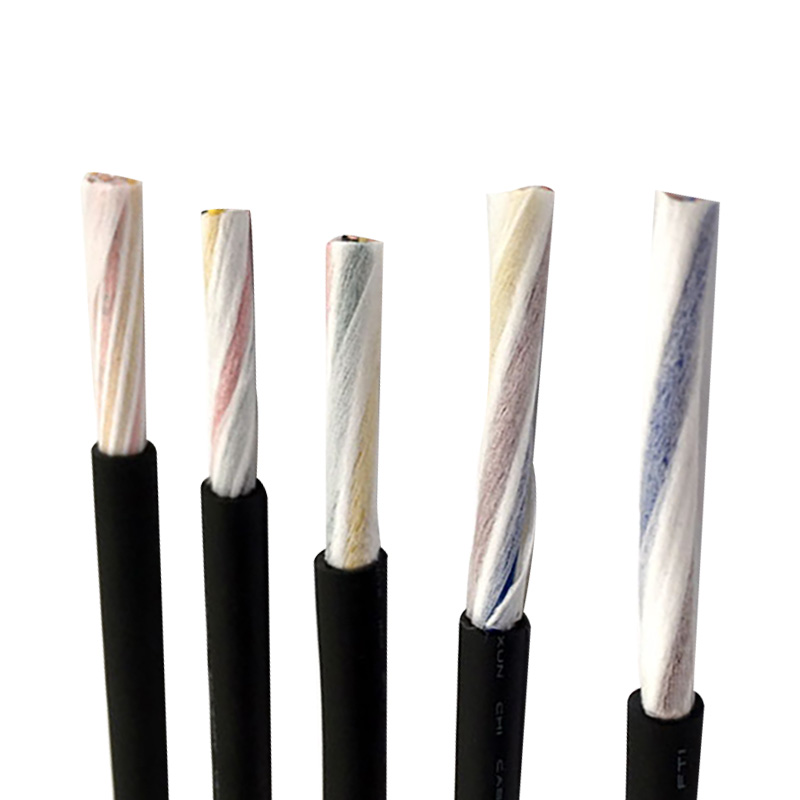
STP Cable
Inverter Cable
- Product Brief: Application Scope of Inverter Cable】It is suitable for installation in dry or humid indoor environments, under free continuous reciprocating motion without strong stress relief or forced guidance, and in bending scenarios in industrial use environments, such as woodworking machinery, machine tool p
Description
Application Scope of Inverter Cable】
It is suitable for installation in dry or humid indoor environments, under free continuous reciprocating motion without strong stress relief or forced guidance, and in bending scenarios in industrial use environments, such as woodworking machinery, machine tool processing equipment, logistics transportation systems, crane applications, etc. It has good electromagnetic shielding and anti-interference performance.
【Product Characteristics of Inverter Cable】
Flexible and flex-resistant, waterproof, oil-resistant, cold-resistant, and flame-retardant.
The flex life is longer than that of ordinary installation wires, but it is not used as a drag chain cable.
【Cable Structure of Inverter Cable】
Conductor: Finely stranded multi-strand ultra-fine oxygen-free copper wire.
Insulation: Special mixed PVC insulation.
Color: Black core wires with white numerical coding; for 3 or more cores, a yellow/green earth wire is included (yellow/green optional).
Inner Sheath: Modified low-viscosity high-strength extruded inner sheath, PVC material, oil-resistant.
Shield: Tinned copper mesh braided shield, with a density of over 80%.
| PROJECT | CONTENT |
|---|---|
| Sheath | Special PVC sheath Orange (RAL2003) Black (RAL9005) Grey (RAL7001) |
| Rated Voltage | ≤1.0mm²: 300/500V ≥1.5mm²: 450/750V With protective installation: 600/1000V |
| Test Voltage | 4000V |
| Operating Temperature Range | Fixed laying: -40°C to 105°C Movable installation: -40°C to 105°C |
| Minimum Bending Radius | Fixed laying: 4×D (cable outer diameter) Movable installation: 6×D (cable outer diameter) |
FAQs
Common causes of flexible cable failure include:
Over-Bending: Bending the cable beyond its minimum bend radius (MBR) damages conductors and insulation. Prevention: Adhere to the manufacturer’s MBR specifications and use cable management tools (e.g., cable tracks) to control bending paths.
Abrasion & Wear: Friction with surrounding components wears down the sheath. Prevention: Choose cables with wear-resistant sheathing (e.g., PUR) and install protective conduits or cable carriers.
Environmental Damage: Exposure to chemicals, moisture, or extreme temperatures degrades materials. Prevention: Select cables rated for the specific environment and use sealing or shielding where necessary.
Incorrect Installation: Tension, kinking, or improper grounding can strain the cable. Prevention: Follow installation guidelines, avoid pulling cables tightly, and ensure proper grounding for shielded cables.
Eelecting the appropriate flexible cable requires considering several key factors:
Movement Type: Determine if the cable will undergo bending (single or multi-axis), twisting, or torsional movement—this dictates the required flexibility (e.g., high-flex for robotic arms vs. medium-flex for simple folding applications).
Environmental Conditions: Assess temperature range (from extreme cold to high heat), exposure to chemicals, oil, water, or UV radiation—choose insulation/sheathing materials (e.g., PUR for oil resistance, TPE for wide temperature tolerance) accordingly.
Electrical Requirements: Confirm voltage rating, current capacity, and signal transmission needs (e.g., shielded flexible cables for reducing electromagnetic interference in data applications).
Mechanical Durability: Evaluate the number of bending cycles required (e.g., millions of cycles for long-life industrial use) to select cables with suitable conductor stranding and sheath thickness.
lexible cables are widely used in industries and equipment where frequent movement is involved. Common applications include:
Industrial Automation: Robotic arms, automated guided vehicles (AGVs), and linear motion systems.
Material Handling: Conveyor belts, hoists, and cranes that require cables to bend with mechanical movement.
Medical Equipment: Portable devices (e.g., ultrasound machines), surgical robots, and patient monitors that need flexible wiring for mobility.
Consumer Electronics: Laptop power cords, headphones, and wearable devices where flexibility ensures user comfort and product longevity.
Automotive Industry: Wiring for folding side mirrors, seat adjustments, and retractable door handles.
A flexible cable is a type of electrical cable designed to withstand repeated bending, twisting, and movement without compromising its electrical performance or structural integrity. Unlike standard fixed-installation cables, which are engineered for static or minimal-movement applications, flexible cables feature specialized constructions—such as fine-stranded conductors (instead of solid or coarse-stranded ones), flexible insulation materials (like PVC, TPE, or PUR), and robust sheathing—that enhance their durability under dynamic stress. This design allows them to be used in scenarios requiring constant motion, such as robotic arms, conveyor systems, and portable equipment.
In industrial scenarios where dynamic motion and signal integrity coexist, standard cables often fail to meet requirements—either lacking flexibility for long-term bending or failing to block interference for precise signals. TRVVPS Twisted Pair Shielded Drag Chain Cable solves these pain points through its integrated design of twisted pairs, shielding, and high flexibility, ensuring reliable, stable, and long-lasting performance. It is a critical cabling solution for upgrading automation levels and improving production precision in modern manufacturing.


